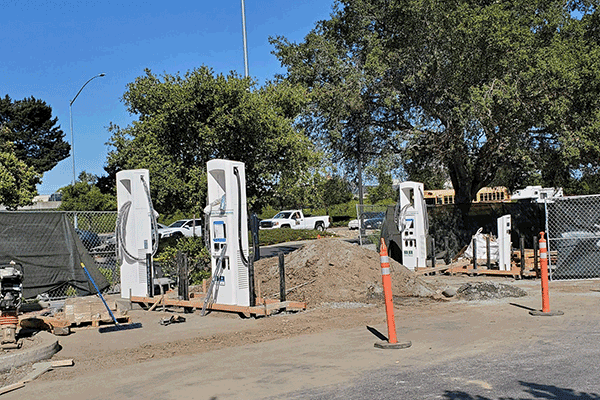Electric vehicles (EVs) are gaining popularity across the world as people become more conscious about the impact of their daily actions on the environment. With the increasing number of EVs on the road, the demand for EV charging infrastructure is also increasing. This infrastructure is critical for the wider adoption of electric vehicles, and its design and installation are essential for ensuring the seamless functioning of the charging system. This essay will outline some design and installation recommendations for EV charging infrastructure.

The first step in designing an EV charging infrastructure is to assess the charging needs of the target audience. This includes evaluating the number of EVs in the area, their charging patterns, and the availability of charging stations in the vicinity. These factors will help in determining the number and type of charging stations needed.
Once the charging needs have been assessed, the next step is to choose the right location for the charging stations. The location should be easily accessible to EV owners and should be located in a visible and convenient location. The charging station should also be close to parking areas and should have sufficient space for EV owners to park and charge their vehicles.
When designing the charging infrastructure, it is essential to consider the power requirements of the charging stations. This includes the power capacity of the charging equipment, the type of charging connector, and the amount of power required by the EV. It is also important to ensure that the charging equipment is compatible with the EVs in the area.
The installation of the charging stations must be carried out by qualified professionals. The installation process should be done in accordance with the relevant safety standards, and all equipment used should be certified by the relevant authorities. The installation should also be carried out in a way that minimizes disruption to the surrounding area.
Ensure that the charging stations are well-maintained. This includes regular inspection and servicing of the equipment to ensure that they are in good working condition. The charging stations should also be cleaned regularly to maintain their appearance and prevent any damage to the equipment.
It is essential to provide clear and concise information to EV owners regarding the use of the charging stations. This includes information on the charging rates, the type of connectors available, and the payment options. Clear signage should also be provided to direct EV owners to the charging station and provide instructions on how to use them.
By following these recommendations, we can ensure that EV charging infrastructure is installed effectively and efficiently, leading to a smoother transition towards sustainable transportation.














